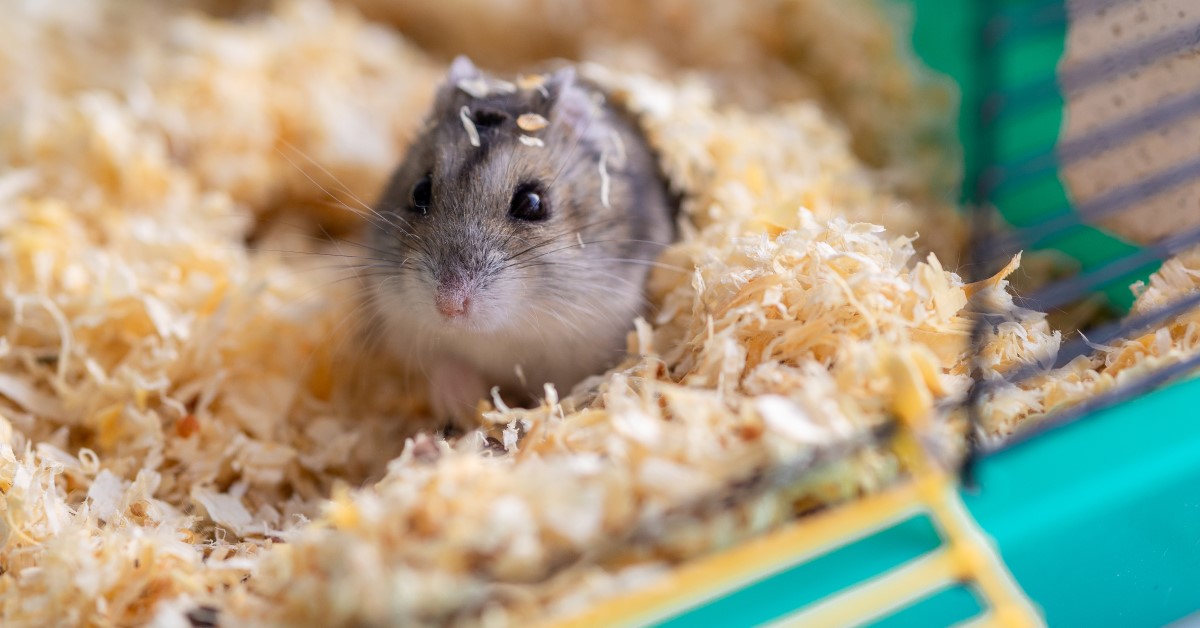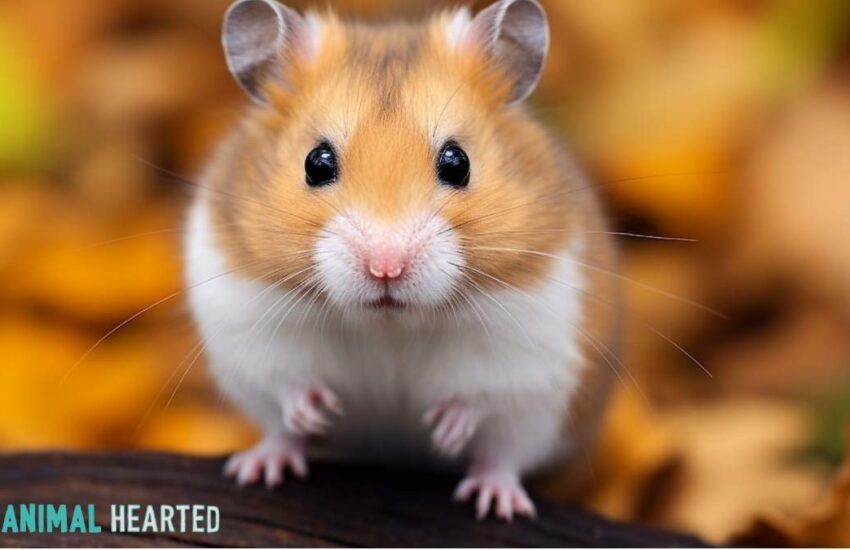Best Hamster Types for Social Children
When it comes to choosing the perfect pet for children, hamsters are often at the top of the list. These small, furry creatures are not only adorable, but they also have distinct personalities that can make them excellent companions for social children. Understanding the best hamster types for kids can help ensure a rewarding pet ownership experience. In this article, we will explore various hamster breeds that are known for their sociable behavior, as well as tips on caring for them to create a bond that lasts.
Understanding Hamster Personality Traits
Before diving into the best types of hamsters for children, it’s important to understand the different **personality traits** exhibited by popular hamster breeds. Some hamsters are naturally more social and enjoy interaction, while others may prefer solitude. Social children often thrive with pets that share their playful nature, and understanding the unique characteristics of each breed is essential for a harmonious relationship. For instance, Syrian hamsters tend to be more docile and friendly, while dwarf hamsters can display a bit of territorial behavior if not handled carefully.
Syrian Hamsters: The Gentle Giants
Syrian hamsters are one of the most popular pet hamster breeds, particularly for families with children. Known for their **gentle disposition**, these hamsters can be friendly and playful. They are typically larger than other hamsters, making them easier to handle. A Syrian hamster can form a strong bond with its owner, often enjoying cuddles and playtime in a safe environment. It’s essential to note, however, that they should be housed individually, as males and females will fight if kept together. A great way for children to interact with their Syrian hamster is through training it to perform simple tricks or provide gentle handling.

Dwarf Hamsters: Playful and Active
Dwarf hamsters, including Campbell’s and Roborovski breeds, are also wonderful choices for families. Although smaller in size, they possess a curious and energetic nature, making them an exciting pet for children. They often enjoy **interactive play** and can even learn to run on a hamster ball, creating a fun bonding experience for kids. Dwarf hamsters tend to thrive in pairs, provided they are synchronized and introduced properly, adding a bit of social interaction among them. Children can watch as these playful creatures interact with each other, enhancing their understanding of animal behavior.
Setting Up the Ideal Environment
Creating a welcoming environment for hamsters is crucial for their happiness and health, particularly for the more social breeds that enjoy interaction. **Habitat setup** involves more than just a cage; appropriate bedding, hiding spots, and stimulating toys are essential. A larger cage will allow a hamster to explore and play, which is especially encouraging for a social atmosphere. Furthermore, ensure that the bedding is safe and well-structured, as this will allow hamsters to burrow, a behavior they naturally engage in.
Choosing the Right Cage
When selecting a cage for your hamster, consider one with multiple levels and tunnels. A spacious cage provides room for toys, food dishes, and hiding spots, allowing children to creatively furnish their hamster’s environment. It’s important to keep the cage clean and provide a separate sleeping area for the pet’s comfort. Regular interactions with a calm and friendly hamster will enable children to enjoy their pet’s engaging antics, promoting a bond based on trust and companionship.
Importance of Interaction and Handling
Fostering interaction between the hamster and children is vital for building a positive relationship. Engaging in gentle handling and regular playtime helps hamsters to become accustomed to human interaction and reduces their stress levels. Encourage kids to watch their hamster’s fascinating behavior, like running on a wheel or exploring tubes, as this can cultivate empathy and responsibility toward their pet. Gradually teaching children to handle their hamster responsibly will build confidence in both the pet and the child, paving the way for a fun and healthy relationship.
Feeding and Care for Your Hamster
Good nutrition is key to maintaining a healthy and sociable hamster. Choosing the right **hamster food** is crucial, as it ensures your pet is well-fed and less likely to exhibit aggression or moodiness due to poor diet. High-quality commercial hamster food usually contains a mix of seeds, grains, and pellets specifically formulated for their nutritional needs. Pairing their food with fresh fruits and vegetables can also enhance their diet and keep them engaged during mealtimes.
Setting a Feeding Schedule
Establishing a consistent **feeding schedule** will create stability for your hamster. Children can participate in the feeding routine, helping them learn responsibility. Ensure to provide fresh water daily, as hamsters can consume a surprising amount. Encourage your kids to observe any dietary preferences their hamster may develop; certain hamsters may show a fondness for specific fruits or veggies. Teaching children to notice these preferences not only leads to better care but also enhances their bonding with their furry friends.
Regular Health Check-Ups
Just like any pet, keeping an eye on your hamster’s health is critical. Regular inspection of your pet’s physical condition, such as their fur, eyes, and overall activity levels, can help in identifying potential health issues. Children can learn the basic signs of a healthy hamster, encouraging them to monitor their pet’s needs actively. Moreover, scheduling routine veterinary check-ups is vital to establish preventive health measures and ensure your delightful companion remains happy and lively for years to come.
Key Takeaways
- Syrian hamsters are known for their gentle nature and make excellent pets for social children.
- Dwarf hamsters are playful and can thrive in pairs, providing extra social interaction.
- Creating an ideal living environment and encouraging regular interactions raises the potential for a positive pet-child relationship.
- A well-balanced diet and a feeding schedule enhance the hamster’s mood and health.
- Regular health inspections and vet visits ensure a long, happy life for your furry friend.
FAQ
1. What is the best hamster breed for kids?
Among the best hamster breeds for kids, **Syrian hamsters** are often recommended due to their friendly and docile nature. They are easy to handle and enjoy interaction, making them suitable pets for social children who seek engagement. Their larger size also helps in minimizing the chances of accidents during handling.
2. Can dwarf hamsters be kept together?
Yes, dwarf hamsters can often be kept together, provided they are introduced properly and are of the same breed. Breeds like Campbell’s and Roborovski hamsters usually coexist well in pairs or small groups. However, it is crucial to watch their behavior, as territorial disputes may arise if they feel crowded.
3. How do I train my hamster?
Training a hamster can be a fun activity for both kids and the pet. Start by getting your hamster accustomed to being held, then gradually introduce simple commands using treats as incentives. For example, you can teach your hamster to run through a hoop or come when called. Consistency and patience are key to successful training.
4. What should I include in my hamster’s cage?
A well-equipped hamster cage should include **bedding**, tunnels, toys, a wheel for exercise, and proper food dishes. Hiding spots are also beneficial, as they provide security and comfort. Regularly refreshing the cage setup can stimulate your hamster’s curiosity and enjoyment.
5. How can I tell if my hamster is healthy?
Signs of a healthy hamster include bright eyes, a fluffy coat, and an active demeanor. Regularly observing their eating habits, bathroom behavior, and overall energy will help you ensure your pet is in good shape. Should you notice any changes, such as lethargy or loss of appetite, it’s advisable to consult a veterinarian promptly.
